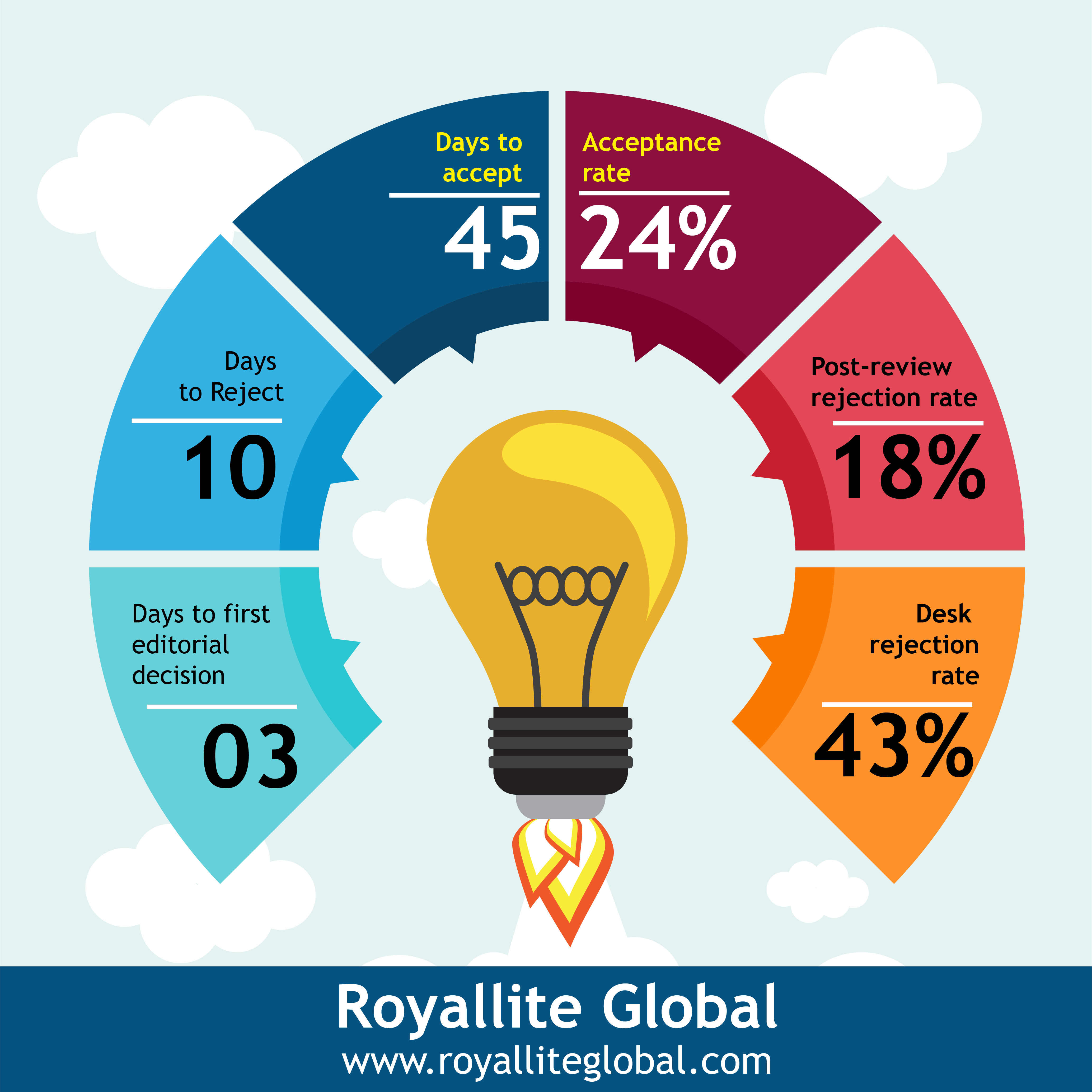Examination of the effect of packaging materials on the shelf life of dried mushroom
Keywords:
organoleptic properties, packaging material, proximate analysis, processed mushrooms, shelf lifeAbstract
The study investigated the type of packaging material ideal for long term preservation. Two types of packaging material, rubber bag and plastic container, were used. The dried samples were packaged in these materials for proximate analysis at days 0, 10 and 20. The dried Termitomyces spp was divided into 2 main parts. Each part was sub-divided into 8, giving a total of 16. The same procedure was used to divide the Pleurotus ostreatus. Four processing techniques were used such that each species was packaged in 4 rubber bags and 4 plastic containers. This resulted in having 4 rubber bags and 4 plastic containers packages for each species under each storage condition. Since 2 storage conditions (i.e. storing at 4oC and 30 – 33oC) were employed, 16 samples (8 for each species), in each storage condition were used. The entire storage duration was 20 days. 10 days storage intervals were allowed before the samples were analyzed for proximate composition. The study revealed that Baked and sun dried Termitomyces spp packaged in rubber bag had the highest amount of carbohydrate (80.761%) while blanched and sun dried Termitomyces spp packaged in plastic container had the lowest (54.453%). The study would assist the people of Kpelezo and its environs to use the ideal method to preserve the big haul of wild mushrooms they harvested during the peak season for future sales and use.
References
Bernaś, E., & Jaworska, G. (2008). Qualitative changes in Pleurotus ostreatus (Jacq.: Fr.) Kumm. Mushrooms resulting from different methods of preliminary processing and periods of frozen storage. 1 – 6
Chang, S. T., & Miles, P. G. (1989). Mushrooms: cultivation, nutritional value, medicinal effect, and Environmental Impact. CRC Press, Inc., Boca Raton 3–7.
Chan, H. K. M. (1981). Consumption of edible mushrooms in Hong Kong. Mushrooms Newsletter for the Tropics 1(4), 5-6
Cha Jae-Soon (2004). Oyster Mushroom Cultivation. Mushroom Growers’ Handbook 1. Chungbuk National University, Korea. MushWorld Publication. 1 – 3
Csapo, J., & Vargane, E. V. (2011). Introduction to the Chemistry of Food and Forages. Kaposva University, Guba Sandor Street 40, 7400 Hungary, Kaposva University Press. 10 – 15
Dunkwal, V., Jood, S., & Singh, S. (2007). Physico-chemical properties and sensory evaluation of Pleurotus sajor cajupowder as influenced by pre-treatments and drying methods. 1 – 2
Hawksworth, D. I., Kirk, P. M., Sutton, B. C., & Pegler, D. N. (1997). Ainsworth and Bisby’s dictionary of the fungi. Eighth edition. CAB International, Wallingford, U.K.
Lindequist, U., Niedermeyer, T. H. J., & Julich, W. D. (2005). Pharmacological potential of mushrooms: Evidence-based Complementary and Alternative Medicine. 2, 285 – 299
Mattila, P., Konko, K., Eurola, M., Pihalava, J. M., Astola J., Vahteristo, I., Hietaniemi, V., Kumpulainen, J., Valtonen, M., & Puronen, V. (2001). Contents of vitamins, mineral elements, and some phenolic compounds in cultivated mushrooms. Journal of Agricultural and Food Chemistry. 49, 2344 – 2348
Ministry of Forests and Range (2014) Forest Mushrooms, Canada www.for.gov.bc.ca/hfp/publications/00029/mushwhat.htm
Oei, P. (2003). Mushroom Cultivation 3rd Edition: Appropriate Technology for Mushroom growers. Backhuys Publishers, Leiden, the Netherlands. 4 – 6, 14 – 18, 114 – 117, 355 – 357, 366 – 384
Rai, R. D., & Arumuganathan, T. (2008). Postharvest Technology of Mushrooms. Director, National Research Center for Mushroom, Chambaghat, Solan – 173 213 (HP), India, 1 – 2, 5, 32, 43
Synytsya, A., Míčková, K., Jablonský, I., Sluková, M., & Čopíková, J. (2008) Mushrooms of genus Pleurotusas a source of dietary fibres and glucans for food supplements. Czech J. Food Sci., 26, 441 – 442.
Sullivan, R., Smith, J. E., & Rowan, N. J. (2006). "Medicinal mushrooms and cancer therapy: translating a traditional practice into Western medicine". Perspect Biol. Med. 49(2), 24 – 25.
Downloads
Published
License
Copyright (c) 2021 Gameli Kwabla Kokoti

This work is licensed under a Creative Commons Attribution-NonCommercial-ShareAlike 4.0 International License.
This open-access article is distributed under a Creative Commons Attribution (CC-BY) 4.0 license.
You are free to: Share — copy and redistribute the material in any medium or format. Adapt — remix, transform, and build upon the material for any purpose, even commercially. The licensor cannot revoke these freedoms as long as you follow the license terms. Under the following terms: Attribution — You must give appropriate credit, provide a link to the license, and indicate if changes were made. You may do so in any reasonable manner, but not in any way that suggests the licensor endorses you or your use. No additional restrictions You may not apply legal terms or technological measures that legally restrict others from doing anything the license permits.






